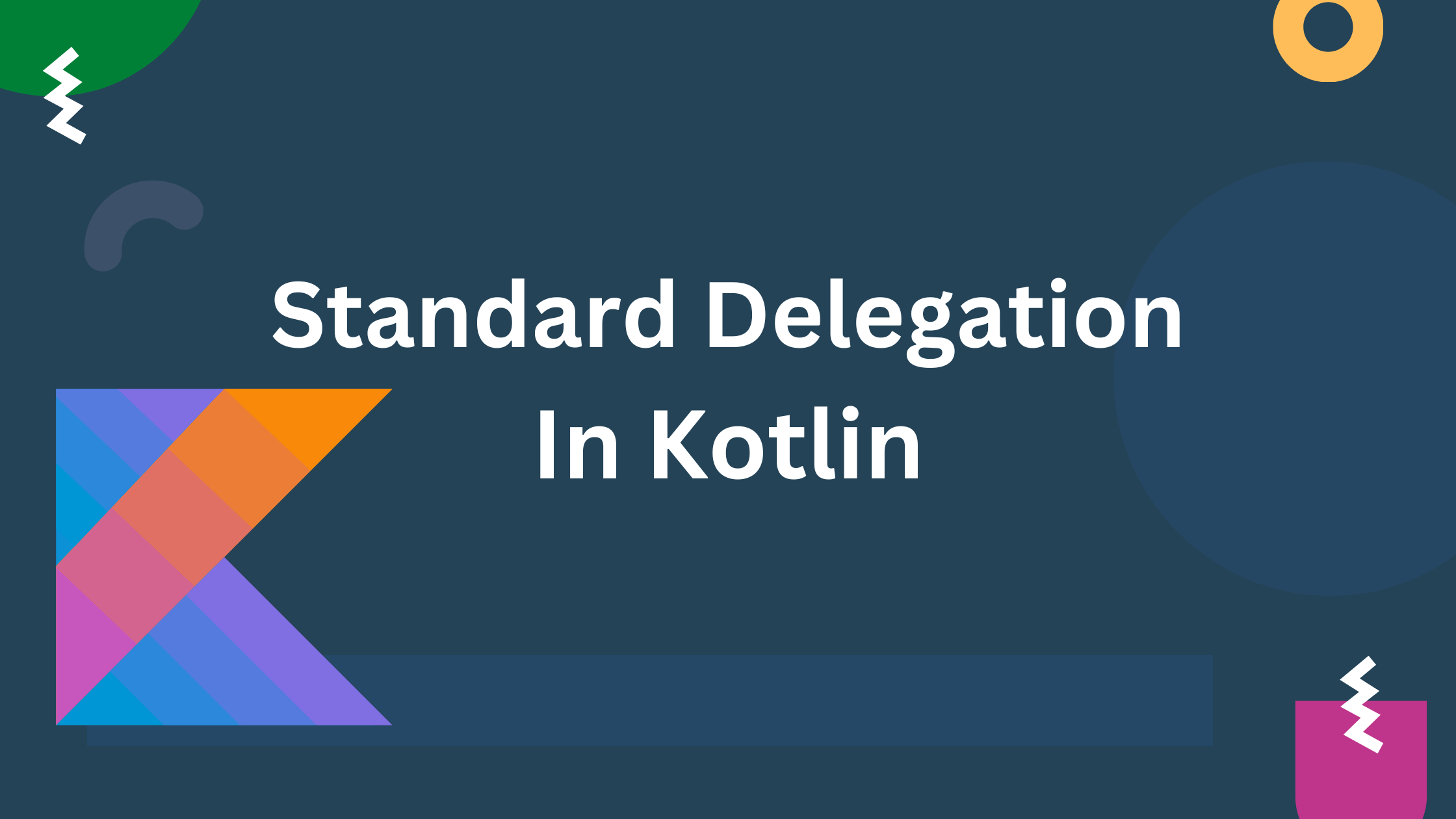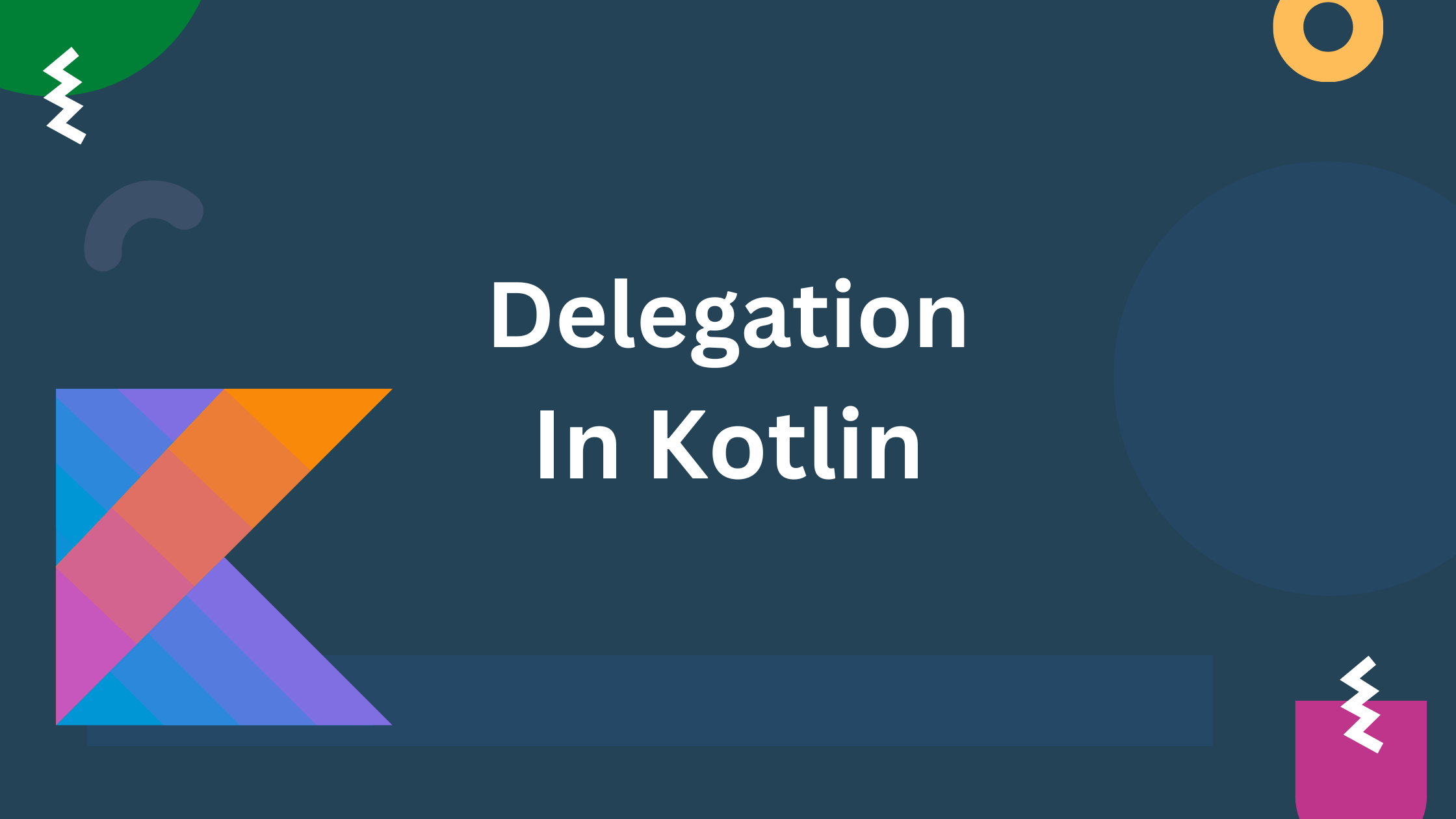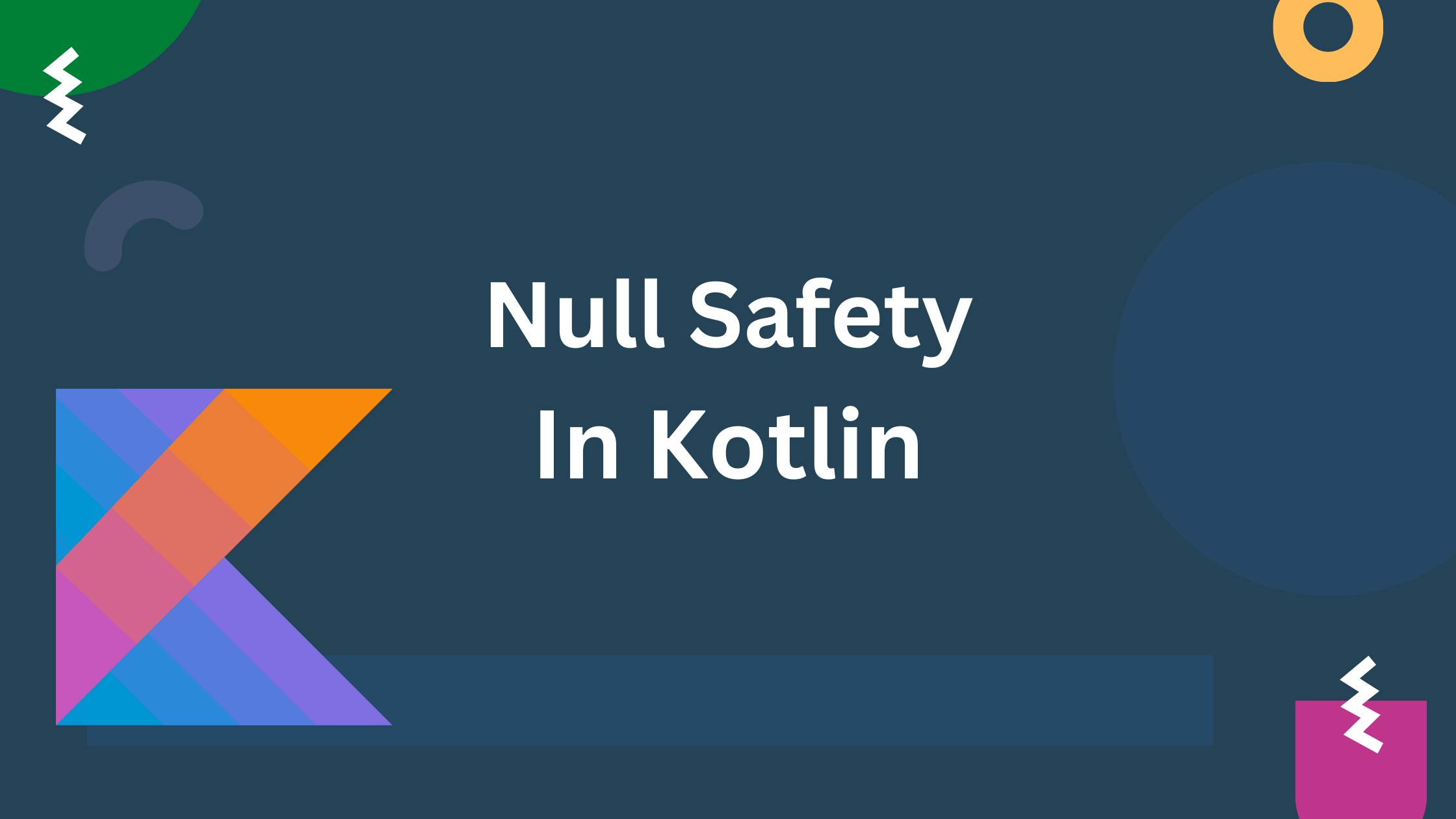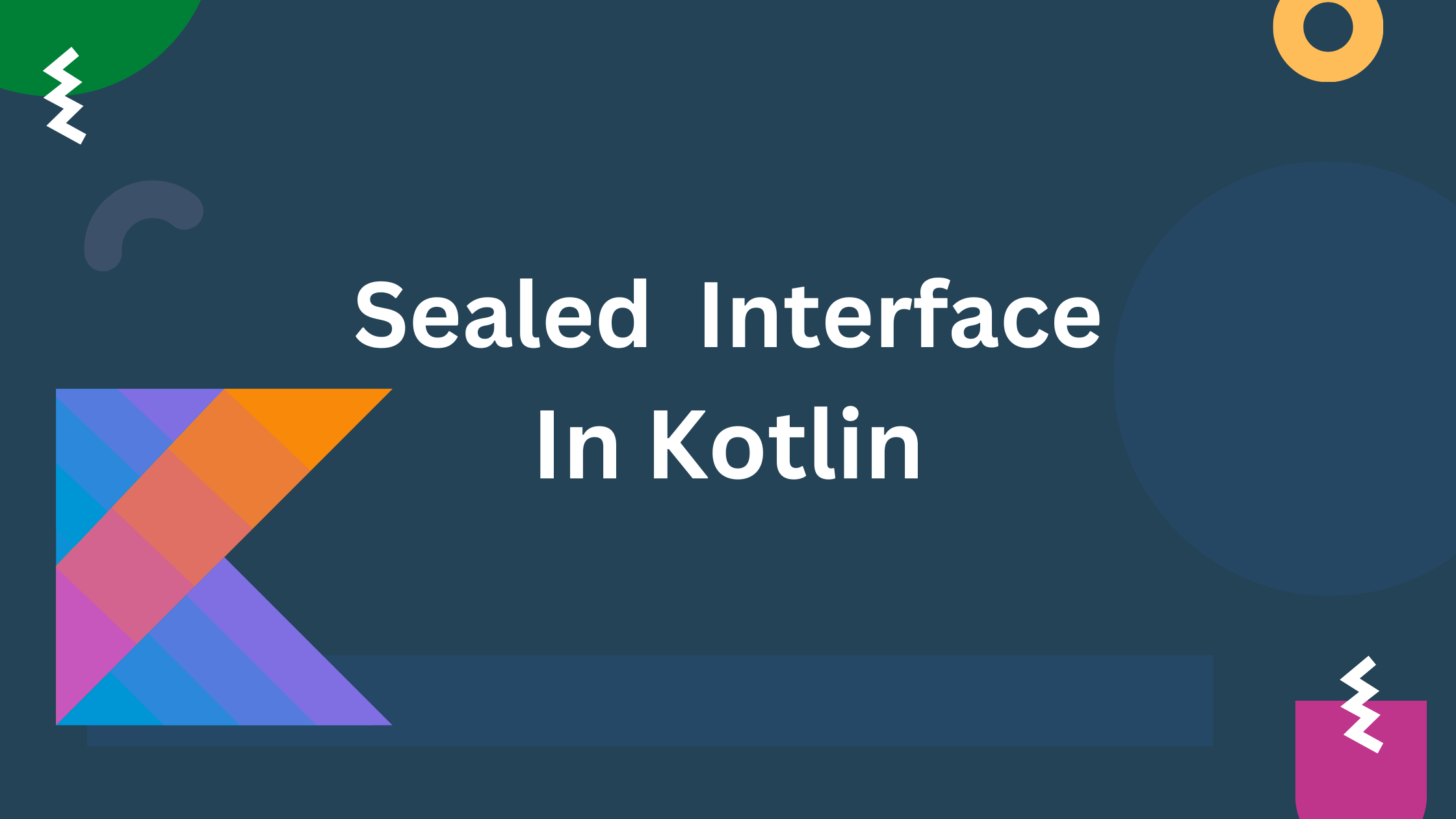Jetpack Compose is a modern, declarative UI toolkit for building native Android apps. It’s part of the Android Jetpack family, which is a set of libraries, tools, and guidance for Android development. Compose was introduced by Google to simplify and accelerate the process of creating user interfaces for Android applications.
Here are some key points about Jetpack Compose:
1.Declarative UI: Compose allows you to define your UI using a composable function-based approach. You describe what your UI should look like based on its current state, rather than imperatively manipulating UI elements.
2. Kotlin-First: Compose is written in Kotlin and designed to work seamlessly with the Kotlin programming language. This means you can leverage all the features of Kotlin, such as extension functions and lambdas, to build your UI.
3.State Management: Compose encourages the use of state variables, which automatically trigger UI updates when their values change. This simplifies the process of managing the state of your UI components.
4. Reusability: Compose promotes the creation of reusable UI components, known as “composables”. These can be composed together to build complex UI hierarchies. Composables are highly modular, making it easier to maintain and update your UI.
5.Material Design: Compose seamlessly integrates with Material Design, Google’s design system for creating visually appealing and user-friendly interfaces. It provides a set of predefined components and styles that align with Material Design guidelines.
6. Interactive and Animated: Compose makes it easy to add interactivity and animations to your UI. You can use state variables and built-in animation APIs to create dynamic and engaging user experiences.
7. Preview and Live Preview: Compose comes with a powerful preview system that allows you to see how your UI will look in different states and configurations directly within your IDE. This speeds up the development process and provides instant feedback.
8. Backward Compatibility: Compose can be used alongside existing Android views and layouts, allowing you to gradually adopt it in your existing projects. This means you can start using Compose in new features or screens without completely rewriting your app.
9. Jetpack Integration: Compose is designed to work seamlessly with other Jetpack libraries, such as ViewModel, LiveData, and Room. This allows you to leverage the full power of the Android ecosystem while using Compose for your UI.
10. Open Source: Jetpack Compose is an open-source project, which means that the community can contribute to its development, report issues, and build extensions or libraries to enhance its functionality.
Imperative Programming Vs Declarative Programming
In the past, Android UI was primarily built using imperative programming. You’d create views in XML files, and then manipulate them in Java or Kotlin code. For example, you’d set properties like text color, size, and position in code.
TextView textView = new TextView(context);
textView.setText("Hello, World!");
textView.setTextColor(Color.BLACK);
// ...
In imperative programming, you’d often set up listeners for user interactions (like button clicks) by explicitly defining what should happen when an event occurs.
button.setOnClickListener(new View.OnClickListener() {
@Override
public void onClick(View v) {
// Do something when the button is clicked
}
});
In Declarative programming, you describe your UI based on its current state. Composables are functions that return UI elements.
@Composable
fun Greeting(name: String) {
Text(text = "Hello, $name!")
}
Compose provides tools for managing state in a very straightforward manner. When state changes, Compose automatically recomposes the UI.
var count by remember { mutableStateOf(0) }
Button(onClick = { count++ }) {
Text(text = "Increment")
}





